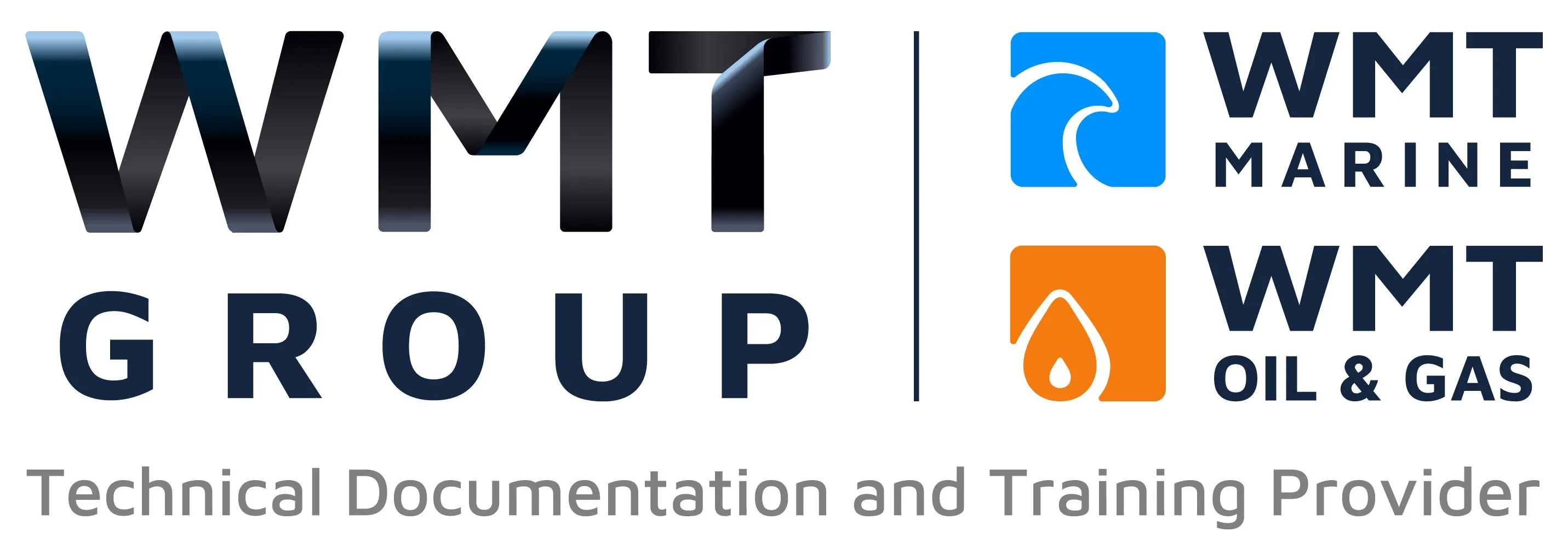How to Document Subsea Engineering Processes: A Complete Guide

Subsea engineering involves complex underwater structures, high-pressure systems, and strict safety regulations. Proper documentation is essential to ensure efficiency, compliance, and safety in offshore oil & gas, pipeline installations, and deepwater construction projects.
This guide will walk you through the best practices for documenting subsea engineering processes, helping your team create clear, accurate, and compliant technical records.
Why Documenting Subsea Engineering Processes is Essential
Subsea operations require precision and reliability. Well-documented processes help:
✅ Improve Safety – Reducing risks in deepwater operations.
✅ Ensure Compliance – Meeting ISO, API, and HSE regulations.
✅ Enhance Efficiency – Providing clear guidance for engineers and divers.
✅ Support Maintenance & Troubleshooting – Ensuring long-term asset integrity.
✅ Preserve Knowledge – Preventing information loss due to personnel turnover.
Without proper documentation, errors, delays, and safety risks can jeopardise operations.
How to Document Subsea Engineering Processes Effectively
1️⃣ Define the Scope and Objectives
- Identify which processes need documentation (e.g., pipeline installation, ROV operations, maintenance).
- Determine the intended users (engineers, technicians, offshore operators).
- Align documentation with industry standards (API RP 17, ISO 13628, DNV-ST-F101).
2️⃣ Use a Clear and Standardised Format
A well-structured document improves readability and usability. Follow this format:
📌 Title Page – Document name, version, and approval details.
📌 Table of Contents – Easy navigation to different sections.
📌 Introduction – Purpose, scope, and regulatory requirements.
📌 Process Description – Step-by-step guidelines with safety precautions.
📌 Equipment & Materials – Specifications for subsea tools and technology.
📌 Diagrams & Schematics – Visual representation of subsea systems.
📌 Risk Assessments – Identifying hazards and mitigation strategies.
📌 Glossary & References – Technical terms and supporting materials.
3️⃣ Write Clear, Concise, and Actionable Instructions
- Use simple language – Avoid unnecessary technical jargon.
- Be precise – Define parameters (e.g., "Maintain pipeline pressure at 150 bar" instead of "Ensure adequate pressure").
- Follow a logical sequence – Step-by-step processes for easy execution.
Example:
❌ Inspect the ROV before deployment.
✅ Step 1: Check the ROV’s hydraulic system for leaks before deployment.
4️⃣ Incorporate Visual Aids
📊 Diagrams & Schematics – Illustrate subsea layouts and equipment functions.
📸 Photos & Annotations – Show real-life examples of processes.
🔄 Flowcharts – Map out troubleshooting procedures.
Visuals improve comprehension and reduce errors, especially in high-risk subsea operations.
5️⃣ Ensure Compliance with Industry Standards
Subsea documentation must align with:
🔹 ISO 13628 – Standards for subsea production systems.
🔹 API RP 17 – Best practices for subsea pipeline operations.
🔹 DNV-ST-F101 – Guidelines for offshore pipeline integrity.
🔹 HSE Regulations – UK offshore safety and environmental requirements.
📌 Tip: Regularly update documents to reflect new regulations and technology advancements.
6️⃣ Implement Digital Documentation Systems
🔹 Cloud-Based Storage – Secure, real-time access for offshore and onshore teams.
🔹 Interactive PDFs & Hyperlinked Documents – Faster navigation.
🔹 Version Control – Ensures only the latest, approved version is used.
🔹 Mobile Compatibility – Accessible on offshore tablets and rugged devices.
7️⃣ Review, Test & Update Documentation Regularly
- Conduct peer reviews to ensure technical accuracy.
- Test instructions in real-world conditions.
- Update manuals after equipment upgrades or regulatory changes.
📌 Tip: Collect feedback from offshore personnel to improve usability.
Final Thoughts
Accurate documentation of subsea engineering processes is critical for safety, compliance, and operational success. A well-written manual:
✔ Reduces risks and errors in subsea projects.
✔ Ensures compliance with international regulations.
✔ Improves efficiency in offshore operations.
✔ Preserves technical knowledge for future teams.
If your company needs expertly written subsea documentation, WMT Marine LTD provides professional technical writing services to ensure clarity, accuracy, and compliance.
📞 Contact us today to optimise your subsea engineering manuals!
